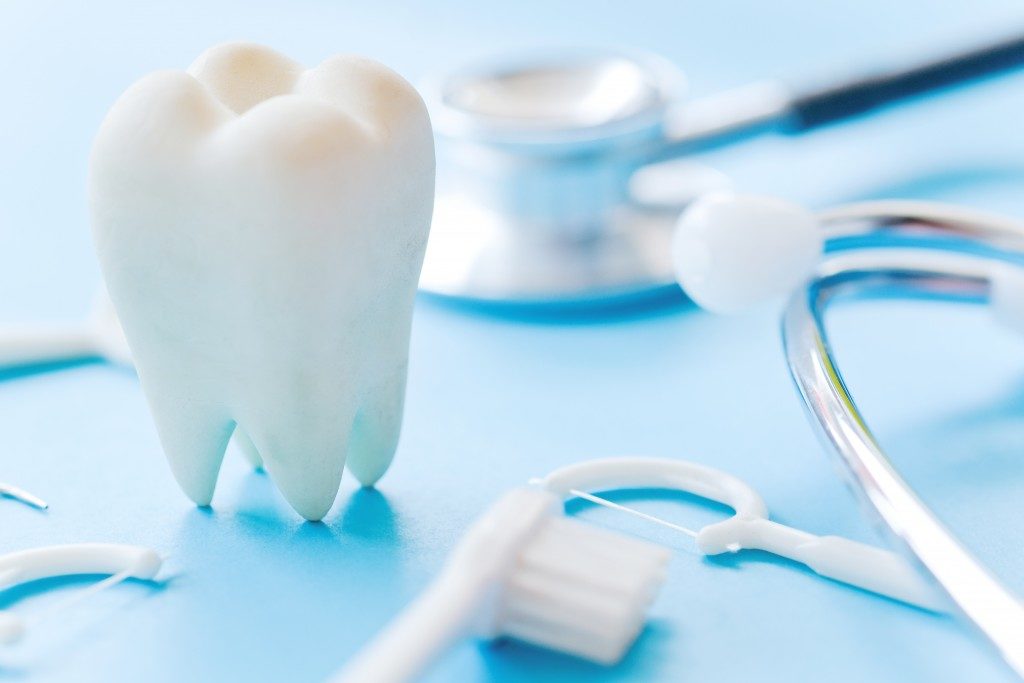Dental equipment is essential in service provision. Your tools of operation have a huge bearing on the experience that will remain etched on your patient’s mind. Therefore, they should always be in good condition, appear compact and retain their natural shape. Other than enhancing the functionality, well-maintained equipment will be aesthetically appealing. They will make the clinical environment appear ideal and will elicit trust among patients.
Unfortunately, the functionality of equipment is not guaranteed. Even with the recommended annual maintenance checks, they could still fail. With this being the case, when do you know it is time to hold on or let go? Here are some considerations to bear in mind when seeking dental practice solutions related to equipment repair and replacement:
1. Age of the Equipment
Most dental items have an expected service life. This may decrease a little, depending on how regularly it is used, which is determined by the number of clients you serve with it. Once an item gets to the expected service life, its reliability will diminish. At this point, going for repairs will be a matter of taking chances, which is risky because you will have no idea how much longer it will run after the repairs.
You could evaluate how many times it has broken down in the past year. If it was frequently down, opt for a replacement. In addition, establish its depreciation and estimated remaining useful life to determine whether to repair or get a replacement.
2. Maintenance Review
Regular maintenance of apparatus is normally a requirement for different equipment. It is a way of extending the usefulness of the equipment. When you engage qualified technicians, they will evaluate the performance of your asset regularly. Good relations with them will also allow them to remain honest about the cost of repairing the item as opposed to replacing it. Other than the cost, they can gauge the performance of the asset and advise on efficiency. This way, you can make an informed decision.
3. Equipment Audit
It is advisable to conduct a thorough audit of dental equipment every year. This allows you to plan and budget for anticipated repairs and replacements. List down all units and log in all the repairs, downtime experienced and the signs of wear and tear. In addition, collect feedback from staff on the general performance and possible recommendations.
There should likewise be a rating on their reliability and performance. Once you have the audit, use it to determine which equipment is due for replacement and use the information as a warning system for repairs.
4. Technological advancements

Dentistry is an ever-evolving field. The competition is high. Patients will avoid clinics where the experience is frustrating or takes too much time to get the procedures done. Instead, they will opt for convenience and comfort, even when they come at an extra cost. If you are using an item whose technology is outdated, consider replacing instead of repairing. This way, you are likely to boost efficiency whilst offering a better experience to your clients.
Dental equipment is a significant part of your business and investment. It is, therefore, important for your staff to know how to use and maintain it properly. This will minimise the chances of damage and save you the cost of repair.

